#aquam
Text


This entire movement really is just a scam run by clout chasers. They keep giving their marks false hope based on nothing so they can get clicks. They were peddling the same fantasies when Warner Bros. merged with Discovery, bootlicking Zaslav every chance they got, and that got them nowhere so they shifted to selling it to Netflix simply because Snyder had an exclusive deal with them (which has no expired) which seems to be mutating into Universal buying WBD so they can sell Netflix the Snyderverse, which is still just a fan name for his films, not an actually property you can buy the rights to.

Universal isn't going to spend billions to buy a rival company just to help another rival company get hold of its IPs so one director can make a couple of streaming movies only a few loudmouths on twitter are glamouring for. Whole thing is just the fandom equivalent of a pyramid scheme.
#dceu#snyderverse#man of steel#batman v superman#justice league#dc comics#superman#wonder woman#batman#aquam#the flash#cyborg#zack snyder#warner bros discovery#universal#netflix
9 notes
·
View notes
Text
🎥 Aquam life jacket with crotch strap, and SplashAbout pool pants (quick video)
25 notes
·
View notes
Text
#emmanuel macron#vive Israël#israël#france#youtube#ameca-robot#hazbin hotel#xeplion#xepon#herdbook de la race blanc - bleu belger - belgisch wit - blauw rundveestambroek - weiss - blau rasse belgier zuchtverband#aquam#ventre k#z ventre#cherry blossom
0 notes
Text
Round 5 (Final) - Aquamancy (water)

Propaganda under the cut (beware of potential spoilers!!)
Percy:
Percy, being a son of Poseidon, gets a variety of demigod abilities related to water, which is used really well in combat scenes and the like. He can breathe underwater, manipulate it to his advantage for attacks and mobility, and even heal rapidly when he's in it. But he can't summon water from thin air, so a lot of battles end up with the win conditions being "Get into the water to get the advantage / Keep Percy away from the water". He can also swordfight really well, so his powers aren't usually his main form of offense, but I really like environment-dependant powers used well in fight choreography.
Katara:
Taught herself water bending because there was no one to teach her. When she finally got to the northern water tribe and did find a teacher and he said he wouldn’t teach her, she challenged him to a fight! While he did end up teaching her, she taught herself 90% of it and became a master at 14. She also learned to blood bend!
#element specific character tournament#aquamancy#round 5#final round#tumblr polls#polls#percy jackson#riordanverse#percy jackon and the olympians#percy jackson and the olympians#heroes of olympus#trials of apollo#pjo#katara#katara atla#avatar#avatar the last airbender#atla
174 notes
·
View notes
Text
Sky Burial: Learning from Ancient Deathcare Practices

The idea of giving one’s body back to the earth as a form of charity is an ancient idea. One form still practice in parts of the world even today is Sky burial, also known as celestial burial - a traditional funeral ritual practiced by Zorastrians and Tibetan Budists in parts of India, Buhtan, Mongolia, and China. This ancient ritual involves placing the deceased on a mountaintop or other elevated location where vultures and other scavenging birds can consume the body. The remains are believed to return to nature, and the act of feeding the birds is seen as a form of charity.
The practice of sky burial has a deep spiritual significance in Tibetan Buddhism and Zoroastrianism, where it is believed that the body is merely a vessel, and that the soul has moved on to the afterlife. The act of giving one's body back to nature is seen a gift, and a way of showing respect for the natural cycle of life and death. Additionally, the vultures are believed to carry the soul to the afterlife, which is seen as a sacred act.
Sky burial is also a practical solution for those living in remote areas where burial or cremation may not be possible due to lack of resources, such as wood for cremation or land for burial. In these cases, sky burial is seen as a sustainable and environmentally friendly alternative to traditional burial or cremation.
While sky burial may seem like a gruesome or macabre practice to outsiders, it is important to understand the cultural and spiritual significance it holds for those who practice it. It is a deeply meaningful and respectful way of honoring the dead and giving back to nature.
In India, following the rapid expansion of urban population and the near extinction (97%) of the indigenous vulture population due to agricultural pesticide use – sky burial practitioners have been forced to adapt. They have begun using solar cremation in leu of what the vultures used to provide for them. However, repopulation efforts for the endangered birds are being pushed by arbiters of the religion.
The link between deathcare and conservation has deep roots. At Life After Life, we find ourselves interestingly in parallel with the philosophy to deathcare that these ancient religions hold. At the intersection of many different religious philosophies is a similar vein of thought. One of giving back to the earth. For the past few centuries our culture here in the United States diverged into a deathcare tradition of taking and preserving. It is time to go back to a “circular economy” philosophy of funeral practice.
By choosing eco-friendly burial options such as natural burial, which involves burying the body in a biodegradable casket or shroud without embalming chemicals, the bodies stored nutrients are allowed to return to the earth naturally, without harming the environment. Through Life After Life, this practice allows patrons to remediate pollution and build new, critically-endangered habitat that would otherwise never be redeveloped.
The ancient principles of sky burial remind us of our interconnectedness with the natural world and the importance of respecting and caring for our planet. By giving back to nature in ways that each of us can, we can honor those who have come before us and ensure that future generations have a healthy and sustainable planet to call home.
References:
https://https://www.atlasobscura.com/articles/sky-burial
#sky burial#tibetan buddhism#life after life#one last good deed#parks for life#think longer term#zoroastrianism#tower of silence#vulture#natural burial#green burial#conservation#sustainability#biodiversity#symbiosis#human composting#aquamation#cremation#death care#death positive#transcend#urban renewal#urban revitalization#conservation cemetary#cemetary#funeral
54 notes
·
View notes
Text
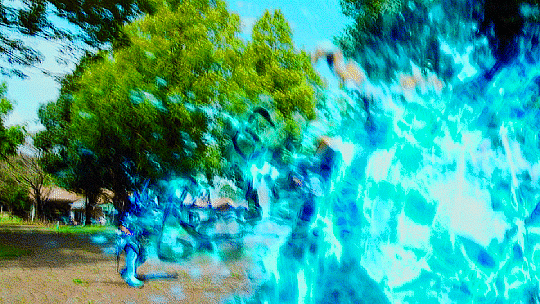
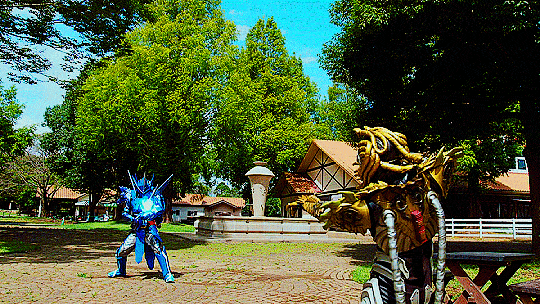
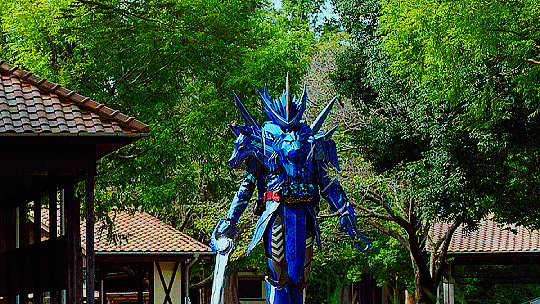

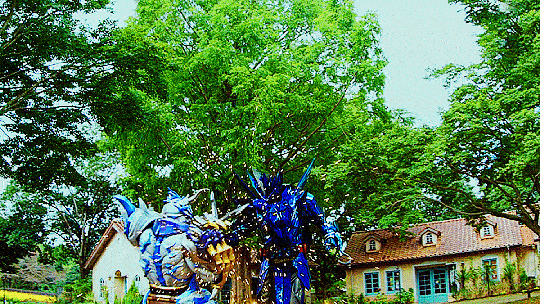

🌊⚔️🌊
+ bonus
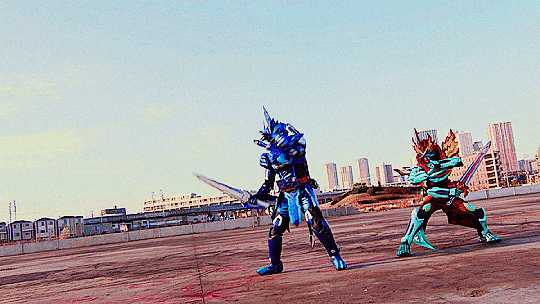
#kamen rider saber#kamen rider blades#rintaro shindo#shindo rintaro#flashing lights#flashing lights tw#kamen rider#tokuedit#please do not repost#umbrella.edits#umbrella.gifs#umbrella.posts#just some misc gifs of blades and water bc blades is nominated in a poll for aquamancy#i really like how they animate the water in saber and i really seeing how rintaro utilizes it in battle
22 notes
·
View notes
Text
Aquamarine in the Save the Light Art Style
i like i its cute

shhe
#don't fuck with aquamarine fans. sure there are like 6 of us but SHELBY RABARA IS ONE OF THEM AND SHE COUNTS AS 7 PROBABLY#AQUANARIBNDSFHUBHIJ#AQMA#AQUAM`#steven universe#su fanart#steven universe fanart#art#save the light#AQUAMARINE SU#SU AQUAMARINE#AQUAMARINE STEVEN UNIVERSE#steven universe aquamarine#aquamarine#jegrkjfjdfjdffjdjfdj#STEVEN UNIVERSE ART#AAAA
36 notes
·
View notes
Text
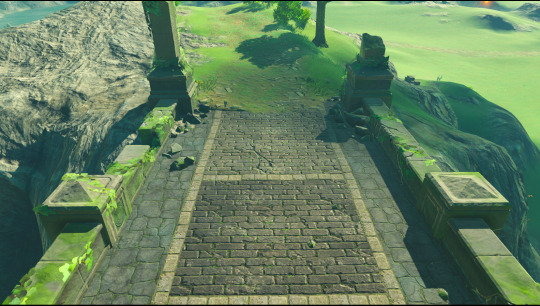
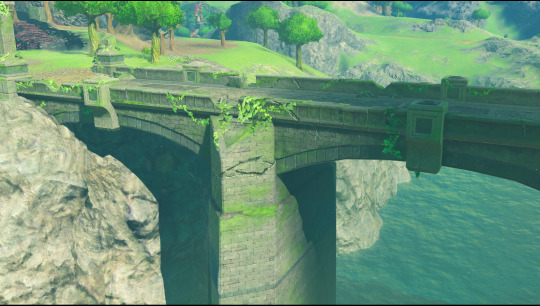
central hyrule || aquame bridge
#central hyrule#aquame bridge#botw#botw screenshots#botw scenery#breath of the wild#breath of the wild scenery#breath of the wild screenshots
32 notes
·
View notes
Text

Aquamation, but instead of water it's pumped full of Baja Blast™
24 notes
·
View notes
Text
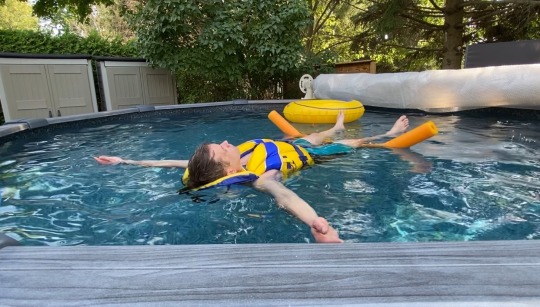
June 26, 2022. With all of what’s happening in this world and my health issues, here is how I coped with pain and stress earlier today. Soo therapeutic!🧘♂️
#special needs#autism#pool pants#aquam#life jacket with crotch strap#aquatherapy#floating therapy#swimmin pool#beat anxiety
31 notes
·
View notes
Text
see the thing about me and the ocean is that when lightoller said not all boys who go to sea are destined to be drowned he was really saying that i was destined to be drowned.
during the storm all the bridges shook on our way out and i realized that id be trapped in the car if it went under. i still get nauseous if i look over the edge. i read a book growing up about a polar bear who at one point was trapped under the ice, dying in the life sustaining waters. my father worked offshore. he could never watch titanic, but the first movie he took me to was nemo.
the first time i saw the atlantic it was winter and i couldn't even go in but i waded out as far as i could anyway, without getting my pants completely soaked, and all i could say was "it's so big!"
and i've had lives in it and beside it and afraid of it, and she's taken lives in her and beside her and afraid of her. and ruined and saved and changed more lives than that.
the thing is, she's going to kill me. and i intend to let her.
#silentmusic#so what i'm saying is if a sky burial is difficult and aquamation expensive just toss me on in#emeto#kinda
2 notes
·
View notes
Text
I know I asked this awhile ago, but that was right after submissions had closed, so a lot more people have their eyes on this blog since then.
So what I am asking is...
(Also might ask this again when the tournament is over, but idk)
#element specific character tournament#element character tourney#misc#other polls#polls#tumblr polls#elements#pyromancy#electromancy#luxomancy#aquamancy#cryomancy#umbramancy#phytomancy#aeromancy#geomancy#ferromancy
110 notes
·
View notes
Text
Shark Burials in Polynesian Cultures

For centuries, Polynesian peoples practiced a unique form of water burial practice under a similar philosophy of returning one’s to nature. In their culture, the bodies of the deceased were set out in coral reefs off their shores to be consumed by sharks. This practice, known as shark burial (or ocean burial), was seen as a way of achieving a higher status in the afterlife and joining the family gods who were believed to take the form of sharks. While the practice is no longer widely observed in Polynesia today, it remains an important part of Polynesian cultural history and serves as a reminder of the importance of giving back to the earth.
The shark burial practice was primarily associated with the Hawaiian islands, where it was known as 'kapu kai,' or 'forbidden ocean'. The practice involved laying the deceased to rest in the ocean, typically in coral reefs or other areas where sharks were known to congregate. The belief was that by offering their bodies to the sharks, the deceased would be able to join the 'aumakua', or 'family gods', who were believed to take the form of sharks. The body of the deceased was often wrapped in mats or cloth and weighted down with stones to ensure that it would sink to the bottom of the ocean, where the sharks could find it. In some cultures, the deceased were buried in a fetal position, as a way of returning to the earth in the same way that they came into it.
The practice of shark burial served as a way for the Polynesian people to give back to the earth - a way of returning to the natural world that sustained them and of recognizing one’s place within the larger ecosystem. With the loss of sharks and their habitat due to human externalities and the influence of industrial western influence - Polynesians have largely had to abandon the practice.
As we face complex environmental challenges and the threat of climate change today, history can remind us of an often-lost relationship that we used to have with the earth’s biodiversity. Cultural practices are a powerful tool for normalizing conservation, sustainable living practices, and protection of the environment. That’s why Life After Life is working to make conservation easier – blending the remediation of scarred spaces with existing norms across cultures.
For centuries, Polynesian peoples practiced a unique form of water burial practice under a similar philosophy of returning one’s to nature. In their culture, the bodies of the deceased were set out in coral reefs off their shores to be consumed by sharks. This practice, known as shark burial (or ocean burial), was seen as a way of achieving a higher status in the afterlife and joining the family gods who were believed to take the form of sharks. While the practice is no longer widely observed in Polynesia today, it remains an important part of Polynesian cultural history and serves as a reminder of the importance of giving back to the earth.
The shark burial practice was primarily associated with the Hawaiian islands, where it was known as 'kapu kai,' or 'forbidden ocean'. The practice involved laying the deceased to rest in the ocean, typically in coral reefs or other areas where sharks were known to congregate. The belief was that by offering their bodies to the sharks, the deceased would be able to join the 'aumakua', or 'family gods', who were believed to take the form of sharks. The body of the deceased was often wrapped in mats or cloth and weighted down with stones to ensure that it would sink to the bottom of the ocean, where the sharks could find it. In some cultures, the deceased were buried in a fetal position, as a way of returning to the earth in the same way that they came into it.
The practice of shark burial served as a way for the Polynesian people to give back to the earth - a way of returning to the natural world that sustained them and of recognizing one’s place within the larger ecosystem. With the loss of sharks and their habitat due to human externalities and the influence of industrial western influence - Polynesians have largely had to abandon the practice.
As we face complex environmental challenges and the threat of climate change today, history can remind us of an often-lost relationship that we used to have with the earth’s biodiversity. Cultural practices are a powerful tool for normalizing conservation, sustainable living practices, and protection of the environment. That’s why Life After Life is working to make conservation easier – blending the remediation of scarred spaces with existing norms across cultures.
#life after life#conservation#shark burial#water burial#natural burial#green burial#tree burial#human composting#aquamation#cemetery#funeral#death positive#parks for life#we build parks#one last good deed#think long term#biodiversity#habitat#symbiosis#sustainability#sustainable living
11 notes
·
View notes
Text
Only a few more signatures are required for this to get some nice attention in Texas. Its about getting the option of aquamation, or alkaline hydrolysis, as an option for what to do with your body after death. It has a lot of pros, so if you're interested, click the link and read up about it! Its far better than cremation, and sounds far nicer too! If you live in TX or have friends there, get them to sign!
4 notes
·
View notes
Text
me: ooo people are enjoying my alan warm up graphic!!
me, suddenly remembering what i named it:

#newtrabble#it's not necessarily a bad thing yk brain just went 'he seems to have a thing for hydro/liquid related stuff and aquamation is liquid based#i will explain it if you ask like but don't ask why i chose the word as the name for the graphic bc i really don't know
6 notes
·
View notes
Text

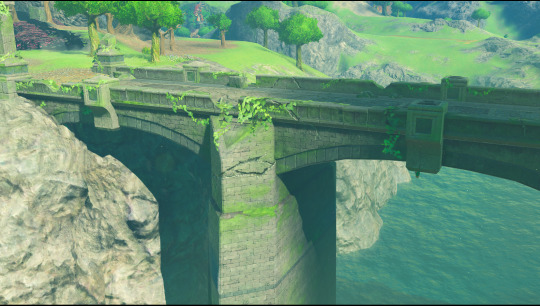
central hyrule || aquame bridge
#central hyrule#aquame bridge#ruins#botw#botw screenshots#botw scenery#breath of the wild#breath of the wild scenery#breath of the wild screenshots
15 notes
·
View notes